The history of the development of transport (land, air, water).
Purpose: the formation of children's ideas about various types of transport and the history of their development.
Tasks:
Develop logical thinking, speech, mindfulness,
Activate the vocabulary of children with the words airship, chariot, boat, glider, etc.
Age: senior preschool age.
Equipment: pictures depicting transport.
Game task:
arrange the pictures in order of appearance in a person's life.
Arrange the pictures according to belonging to a particular type of transport (land, air, water).
1 or more children can take part in the game.
On the reverse side of the pictures, small stories are written about how this type of transport appeared. Therefore, this game can be used in the classroom, when introducing children to the history of the development of transport.
The game is ready to use. It is enough to print, cut out the pictures, place the text on the reverse side.
Water transport.
Raft.
The raft is the first ship in the world. The people cut down the trees, cleared the branches, tied them together and set off.
Conveniently? Why?
The waves roll over the logs, and they will wash one of the sailors into the water.
A boat.
Many years passed before the first boat was built. It is stronger, more reliable than a raft. It is not so dangerous to go to the open sea on it.
They will cut down with an ax or burn out the core in a tree - here the boat is ready. Or rathercanoe.
Then the oars appeared. A man floats in a canoe, rowing with oars. And the boat is moving slowly. How to be? What did man invent to swim faster?
Rook.
Such a small sailing ship is calledrook. It appeared much later than the boat. The boat was built from planed boards. It was large in size and could accommodate not only people and luggage, but even large animals. The boats were beautifully decorated in the form of fish or birds, bringing good luck. And most importantly, a sail appeared. With the help of the wind, the sail was inflated and carried the ship through the waves. But man wanted to create a faster ship.
![]()
Corvette, brigantine, frigate, schooner - these were large ships, multi-sailed. They had much greater speed than the rook. But a lot of human effort was expended. When the wind died down, it was necessary to work with oars, and this is so difficult when the ship is so big. What do you think people came up with to replace the sail and oars.

Steamboat. They put a steam engine on the ship - it turned from a sailboat into a steamship. The coal in the furnace burns, the water in the boiler boils. The steam turns the wheels - the wheels slap the water with their blades - the ship floats on the sea. This is where the ship comes in.
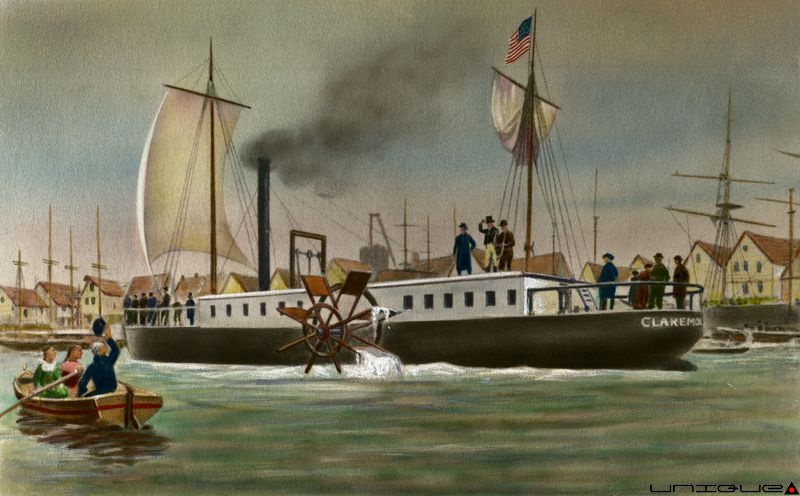
Motor ship.
Here is such a handsome man - the ship plows the waves of the seas and oceans. Not a ship, but a whole floating city. For a long time, the propeller has replaced the paddle wheels. It seems to be screwed into the water, thereby moving the ship much faster. In a boat, a motor boat, the screws are small, and in sea vessels - giants and giant screws.
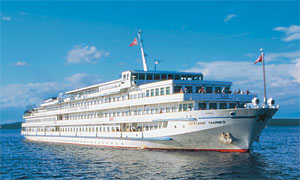
Air Transport.
1. It was a very, very long time ago, thousands of years ago. People envied the birds...
What do you think man came up with to take to the sky?
There were daredevils who tried to make wings to fly, but their attempts ended in failure. There was such a young man, his name was Icarus. He made wings, but he could not fly.
Birds can fly because they have very strong muscles and low weight. The muscles of our arms and shoulders are not so strong, but the body, the bones are hard and heavy.

2. Balloon.
But people still found a way to get off the ground. They noticed warm air rising up over the fire and hot water. This is what they decided to use. They made a big balloon with a passenger basket and filled it with smoke. And the ball flew, but as soon as the smoke cooled down, the ball fell. (animals were the first to rise into the air on balloons, after them people began to rise).
In order to stay in the air longer, they began to put a brazier with hot coals in the basket and the ball was constantly filled with hot smoke. But soon the ball did not suit the person.
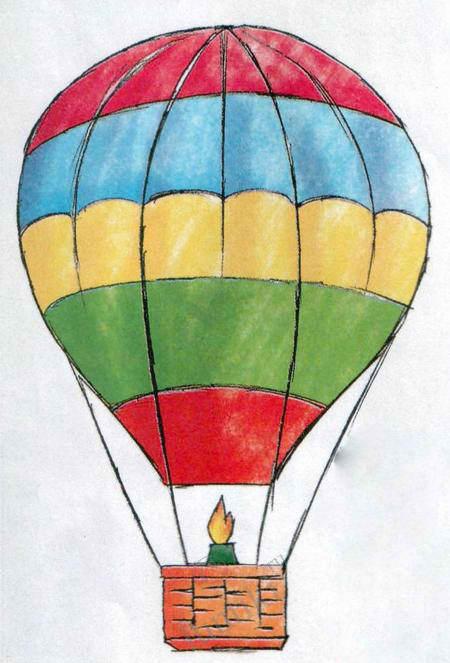

3. Airship.
The ball was large and clumsy. In addition, the flight was entirely dependent on the wind: where the wind blows, the balloon flies there.
Again people thought: what would be done so that they could fly against the wind. And they invented the airship. A rigid frame made of wood and iron was covered with dense fabric. It turned out to be a huge structure similar to a fish. Below, engines with propellers and a cabin for pilots and passengers were suspended from it. The gas that filled the airship lifted it up, and the engines pulled it forward. Now you can fly in any direction. But the airship also had its drawbacks. It was too big and flew at a slow speed.
4. Glider.
Years passed, and then an Englishman, Sir George Cayley, made a model glider. The model had a fixed wing and a movable tail for turns, besides there was still a wheeled chassis.
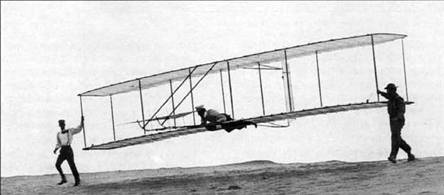
5. Airplane.
The first planes were fragile and clumsy. They hardly got off the ground, could not rise high, flew slowly and only near the airfield. In addition, they often broke down.
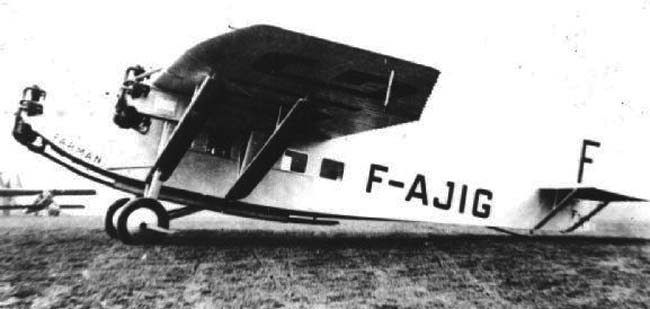
People wondered what to do, how to make planes move faster? There was such a person, his name was Orville Wright, who proved that you can fly faster. The secret of its success lay in its lightweight petrol engine.
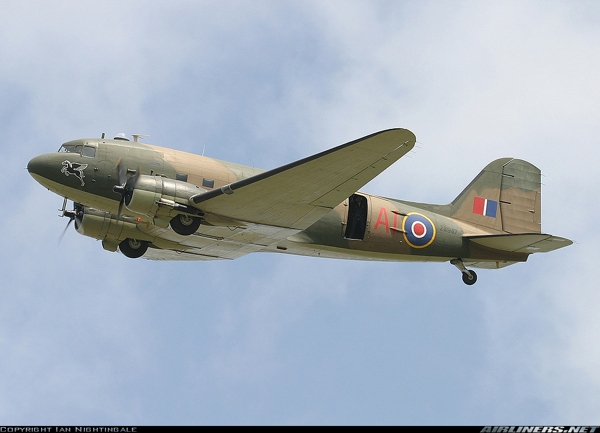
Years passed and the aircraft became more perfect. Now they fly high, higher than birds, overtaking the wind and to any part of the earth. It is pleasant and comfortable to fly in a modern jet liner.
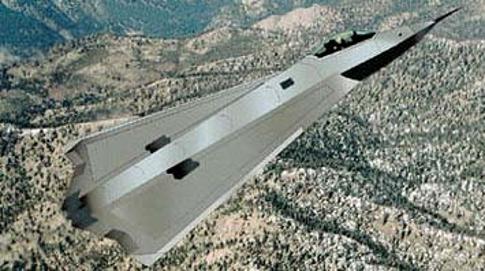
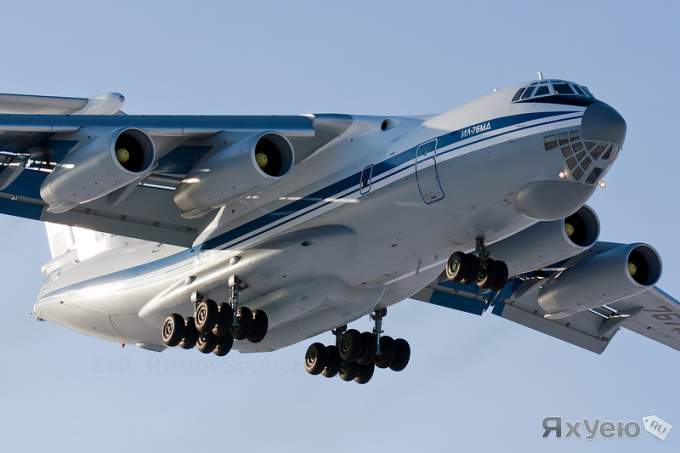
Ground transport.
Chariot. It was a very, very long time ago, many thousands of years ago. People tamed the horse, because. she used to be wild. A horse is a strong, hardy animal, it can carry not only people but also goods. For this, people made chariots and harnessed a horse to it. So the first vehicle appeared.
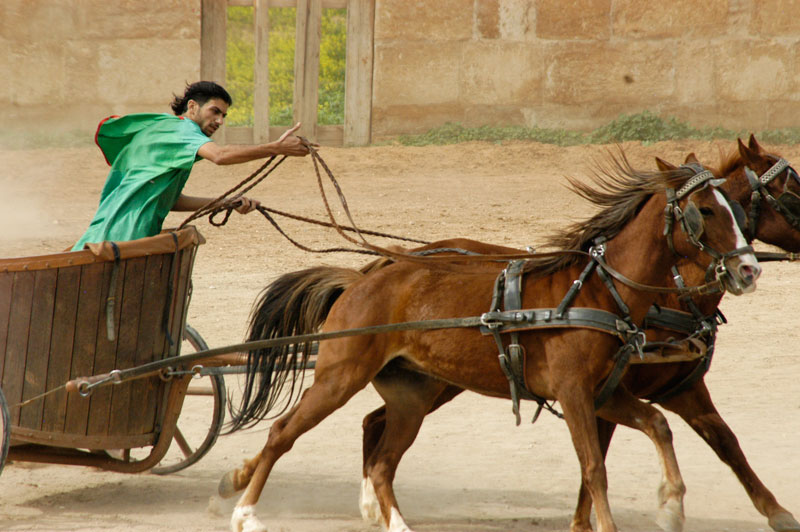
People had to carry a lot of goods, then people came up with carts and wagons. They differed from chariots in that they were on four wheels, and in order to hide from wind and rain, people covered it with skins or strong fabric on top. Horses carried people over very long distances. They got tired and had to be changed frequently. This did not suit the people.
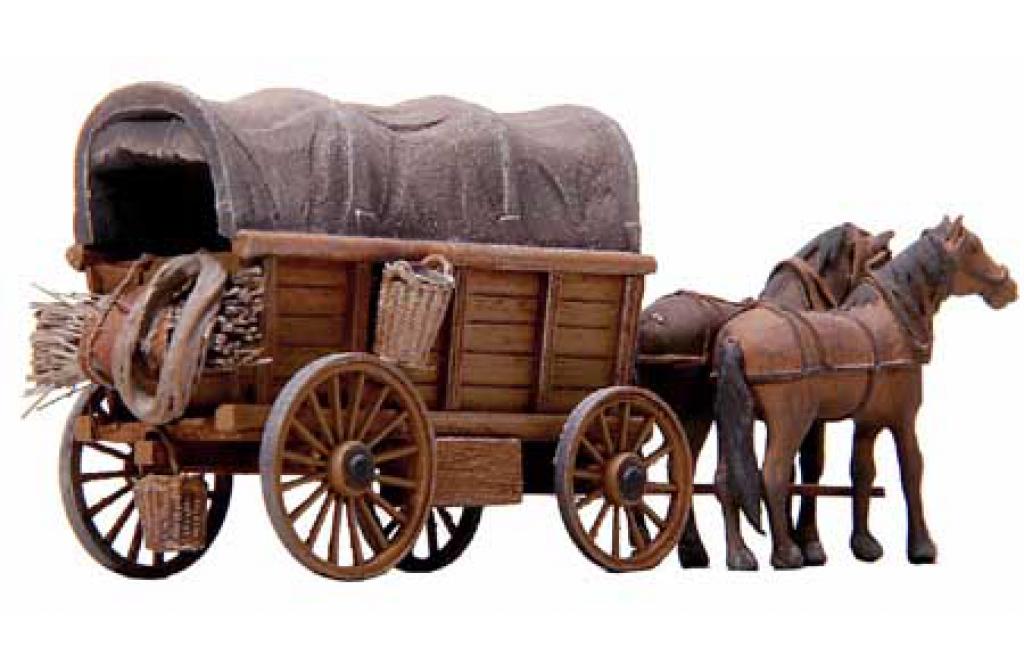
To replace the horse, man invented the steam engine. Have you ever seen a kettle boil? Hot steam accumulates in it, which begins to toss the lid of the kettle to escape. That's about the same way the machine that was called the steam locomotive worked. Inside it was a boiler with water, the water was heated and the escaping steam moved the machine. Behind the steam locomotive, carriages moved one after another along the rails, wagons appeared much later.
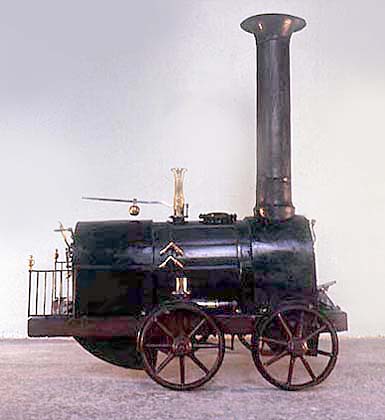
The first cars looked like carriages, but without horses. There were no tires on the wheels, so they shook a lot.

Several years have passed and people have invented a car much like the modern one. She had four wheels with tires to keep her from shaking, an iron body and, of course, a gasoline-powered engine.

And finally, after many years, modern cars appeared. A streamlined iron body, wheels with thick, strong tires, a stronger engine, soft seats, a beautiful interior. Modern cars are comfortable, reliable, fast.

